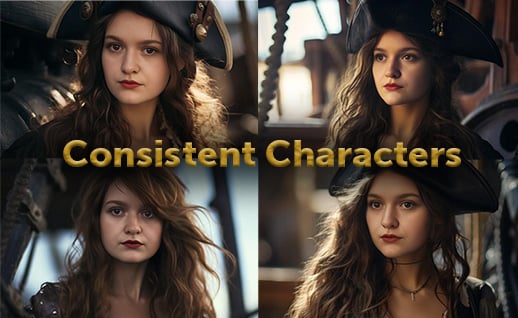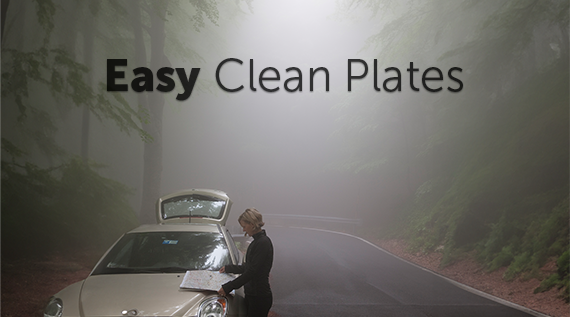In the digital era, compelling visual content is a crucial component for creating engaging and effective marketing campaigns. While sourcing free photos and footage might seem like the most cost-effective route, it's not always the best choice. This guide aims to provide a comprehensive comparison between using free online content and licensing content from reputable stock footage libraries, such as Dissolve.com.
Free Content Online: The Pros and Cons
Pros of Free Content
Cost-Effective
The most significant advantage of using free content online is, well, it's free. For startups or individuals on a tight budget, free photos and footage can be a godsend. Some websites offer high-resolution photos and even some video clips at no cost.
Cons of Free Content
Potential Legal Risk
The biggest drawback to using free content is the potential for copyright infringement. Even though a piece of content is available for free, it doesn't necessarily mean it's free from all copyrights. Copyright laws vary by country, but generally, the creator of a photo or video retains rights to their work unless explicitly relinquished.
If you use copyrighted content without permission, you can be sued for damages. Additionally, if the person depicted in a photo or video did not consent to their image being used, you could also face privacy or defamation claims. It's also important to note that "royalty-free" doesn't mean copyright-free. It merely means that once the content is licensed, there are no additional fees for its continued use.
Quality and Consistency
While there are excellent free resources, the quality and consistency of free content can be variable. Finding the right image or clip that fits your brand's aesthetic and message can be more challenging.
Customization and Exclusivity
Free content is, by definition, available to anyone. If exclusivity or unique branding is vital to your campaign, using widely available free content might not be the best choice.
Licensing Content from Reputable Stock Libraries: Pros and Cons
When it comes to sourcing high-quality, legally safe content, reputable stock footage libraries like Dissolve.com are an excellent choice.
Pros of Licensing Content
Superior Quality
Stock libraries maintain high standards for the photos and videos they accept. The content is often professional-grade, providing superior quality over most free resources.
Broad and Organized Libraries
Stock libraries like Dissolve.com have a vast and well-organized catalogue, making it easy to find the perfect content for your needs.
Legal Assurance and Indemnification
Perhaps the biggest advantage of using a stock library is the legal assurance it provides. When you license content from a reputable stock library, they ensure that the content is free of legal encumbrances. Additionally, many libraries offer indemnification, which means they will take responsibility for any legal issues related to the content.
Exclusive and Unique Content
One of the significant advantages of paid stock libraries is the access to exclusive and unique content that you can't find anywhere else. This can help make your project stand out and create a unique identity in your audience's mind.
Cons of Licensing Content
Cost
The main downside of licensing content from stock libraries is the cost. Depending on the license type and the specific content, fees can be high. However, when you consider the potential legal risks, the time saved, and the quality and uniqueness of the content, it may be a worthwhile investment.
Balancing Cost and Quality
Whether you choose to use free content or license from a reputable stock footage library like Dissolve.com, it ultimately depends on your specific needs, budget, and risk tolerance.
Free content can be a great resource for those on a tight budget, but remember the potential risks associated with copyright infringement. On the other hand, while licensed content from stock libraries have a cost, it offers high-quality, legal assurance, and convenience.
In a digital world where visual content is critical, ensuring that you have legal, high-quality images and footage is not just a nice-to-have—it's a must.
Remember, when it comes to using online content, it’s not just about what looks good—it’s also about what keeps your project legal and professional.
Disclaimer: This article is not legal advice. When in doubt, always consult with a legal professional to ensure compliance with copyright laws.
Posted by
Joe Mak
.png)
.png)
.png)




